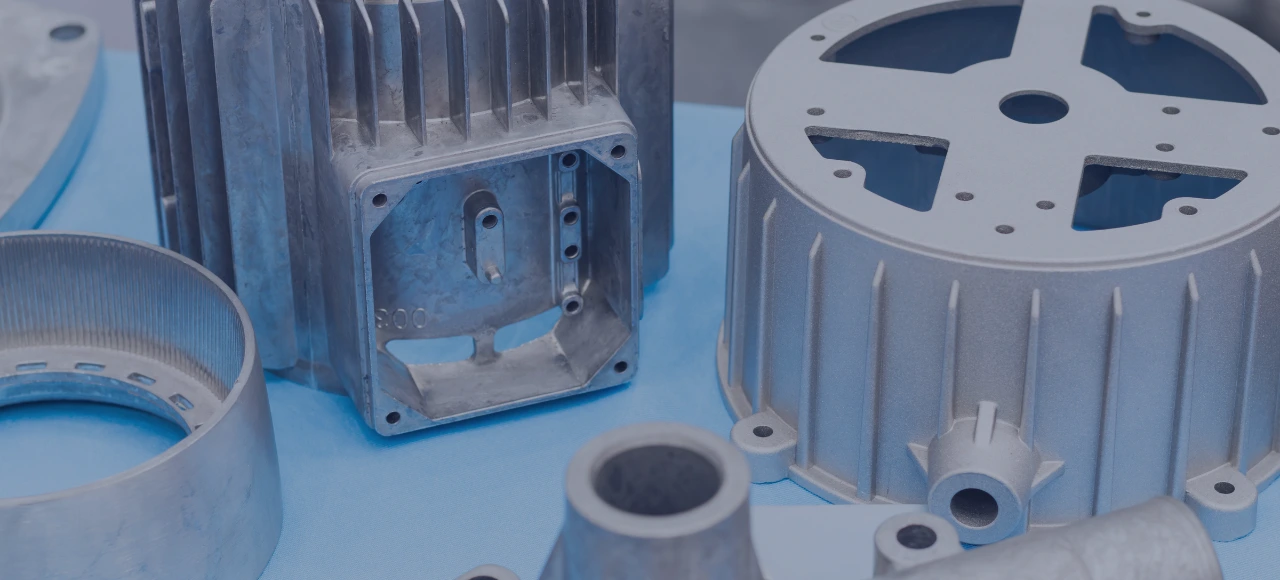In the realm of heavy lifting equipment, two terms often reign supreme: “jibs” and “booms.” These essential components form the backbone of lifting dreams, enabling the creation of magnificent machinery designed to hoist and transport heavy loads with precision and efficiency. In this article, we will delve into the technical and industry-standard world of fabricating frames for heavy lifting equipment, exploring the intricacies of jibs and booms that bring a mechanical touch to manufacturing excellence.
Lifting Equipment Jibs
The term “jib” may sound simple, but it represents a marvel of engineering. These are the protruding arms of cranes and other lifting devices that extend horizontally to reach the desired load. Jibs are a vital element of lifting equipment, and the art of fabricating them is rooted in precision, strength, and reliability.
Material Matters
When crafting a jib, material selection is of paramount importance. The industry standard often revolves around high-strength steel, ensuring that the jib can withstand the rigors of lifting heavy loads without yielding to pressure. High-strength steel provides the necessary structural integrity, giving a mechanical edge to the jib’s capabilities.
Customization for Versatility
Jibs come in various shapes and sizes, each tailored to specific lifting requirements. A well-fabricated jib should allow for customization to accommodate the unique needs of different industries and applications. The ability to adapt jibs to specific tasks is where their true value shines.
The Role of Engineering
Jib fabrication is a meticulous process that combines metallurgy, geometry, and structural engineering. Precise calculations are made to determine the optimal size, shape, and materials for the jib. Engineers ensure that the jib can safely handle the expected loads and maintain its structural integrity over time.
Jibs are subjected to various tests and simulations to guarantee their functionality and durability. This includes finite element analysis (FEA) to assess stress distribution and fatigue life. In this way, engineering principles are used to provide assurance in the face of heavy lifting challenges.
Booms: Extending Your Reach
Booms, on the other hand, extend vertically from the lifting equipment, providing the height necessary to reach tall structures or access materials in elevated locations. The art of fabricating booms is no less complex than that of jibs.
- Material Selection
Booms are also constructed from high-strength steel, ensuring their ability to withstand the stresses of vertical extension. The choice of steel for both jibs and booms underscores the industry standard for resilience and longevity. The mechanical qualities of steel, such as its yield strength and ductility, make it an ideal choice for these critical components.
- Welding Expertise
One of the key aspects of boom fabrication is welding. The precision and quality of welding are crucial for ensuring the structural integrity of the boom. Welding techniques must meet stringent industry standards, as a failure in this component could lead to catastrophic consequences.
- Rigorous Testing
Like jibs, booms undergo extensive testing to ensure they meet industry standards for safety and performance. Load testing is a critical part of the process, simulating the stresses and forces that the boom will experience during operation. This rigorous testing is vital to confirm that the boom can handle the loads it’s designed for, and it provides the ultimate assurance of reliability.
The Mechanical Touch in Manufacturing
The fabrication of frames for heavy lifting equipment is a prime example of the mechanical touch in manufacturing. This touch extends beyond the physical construction of jibs and booms; it influences the entire production process and the end performance of the lifting equipment.
Efficiency and Productivity
Well-fabricated jibs and booms contribute significantly to the efficiency and productivity of lifting equipment. They allow for smoother, more precise movements and reduce the risk of accidents. When a lifting operation depends on precise alignment and positioning, a high-quality jib or boom can be the difference between success and failure.
Durability and Longevity
The mechanical touch is also evident in the durability and longevity of lifting equipment. High-quality frames made from robust materials can endure the harshest working conditions and continue to perform reliably year after year. This durability is essential for industries that rely on heavy lifting equipment as a core part of their operations.
Safety as a Cornerstone
Safety is a important concern in heavy lifting operations, and the art of fabricating frames plays a significant role in ensuring it. High-strength materials, precision engineering, and rigorous testing all come together to create lifting equipment that is not only efficient and durable but also safe to operate.
The mechanical touch in manufacturing is most evident when we witness lifting equipment in action. The precision with which a crane positions a load, or the grace with which a boom extends to reach a towering structure, is a testament to the art of fabrication. The equipment responds to the operator’s commands with accuracy and reliability, enhancing the overall efficiency of lifting operations.
The world of fabricating frames for heavy lifting equipment is a technical and precise one, where the mechanical touch reigns supreme. Jibs and booms, constructed from high-strength materials, undergo meticulous engineering and rigorous testing to meet industry standards. The result is lifting equipment that excels in efficiency, durability, and, most importantly, safety.










